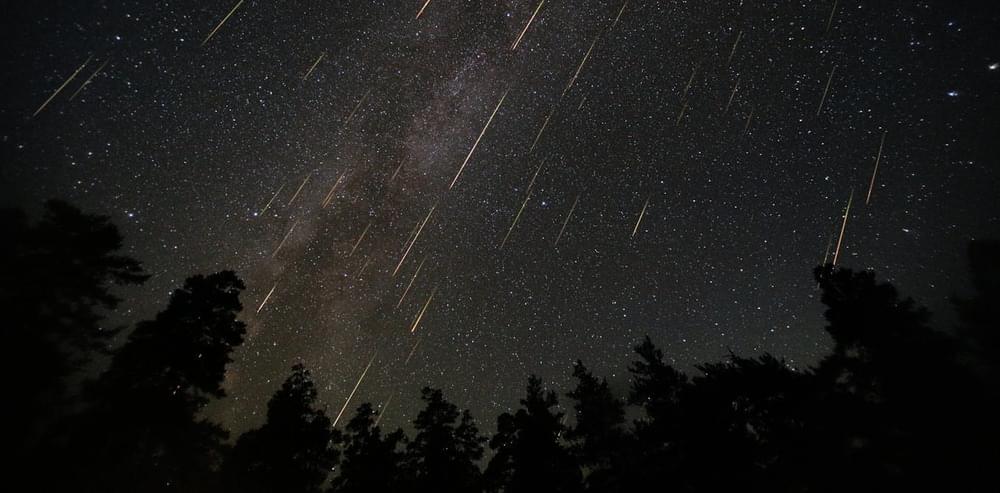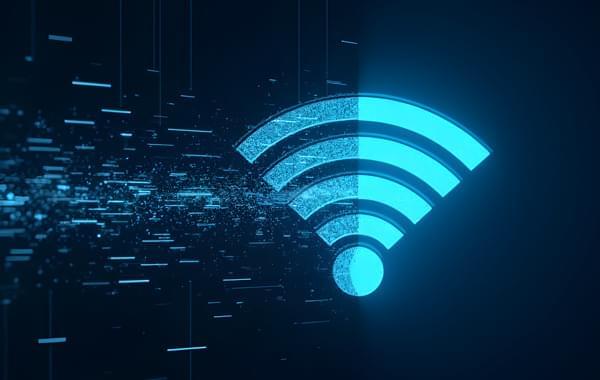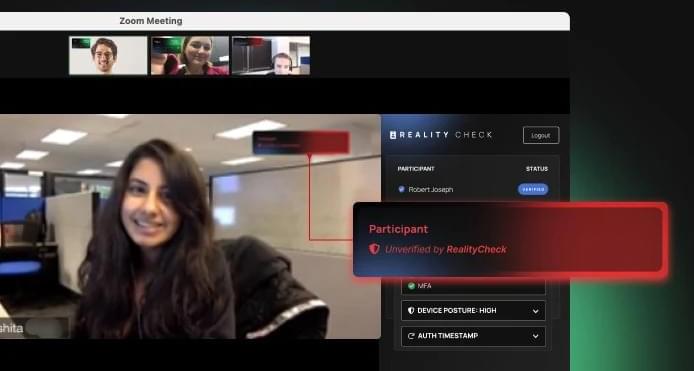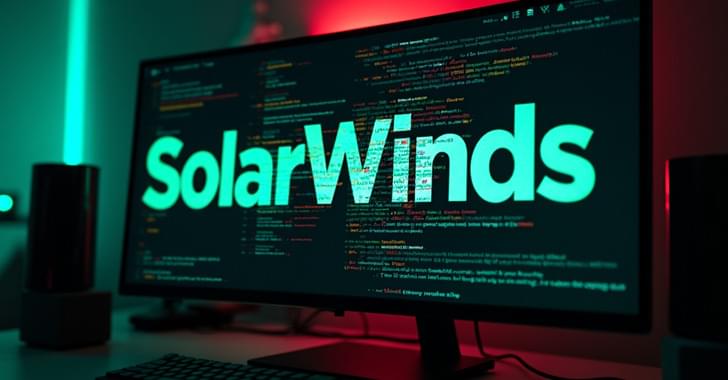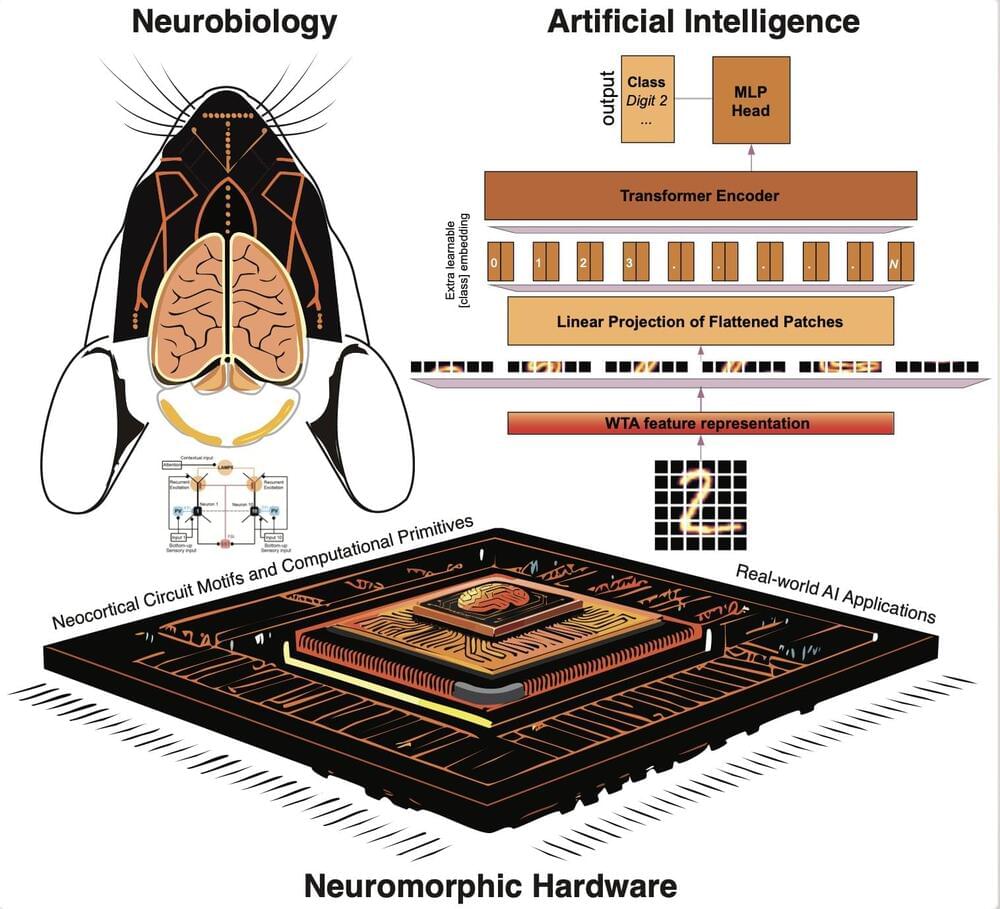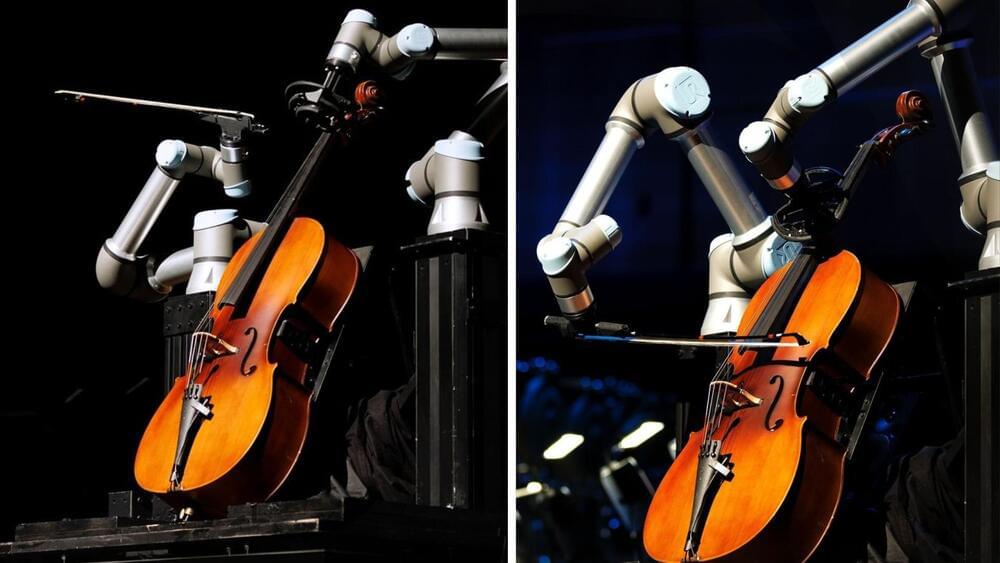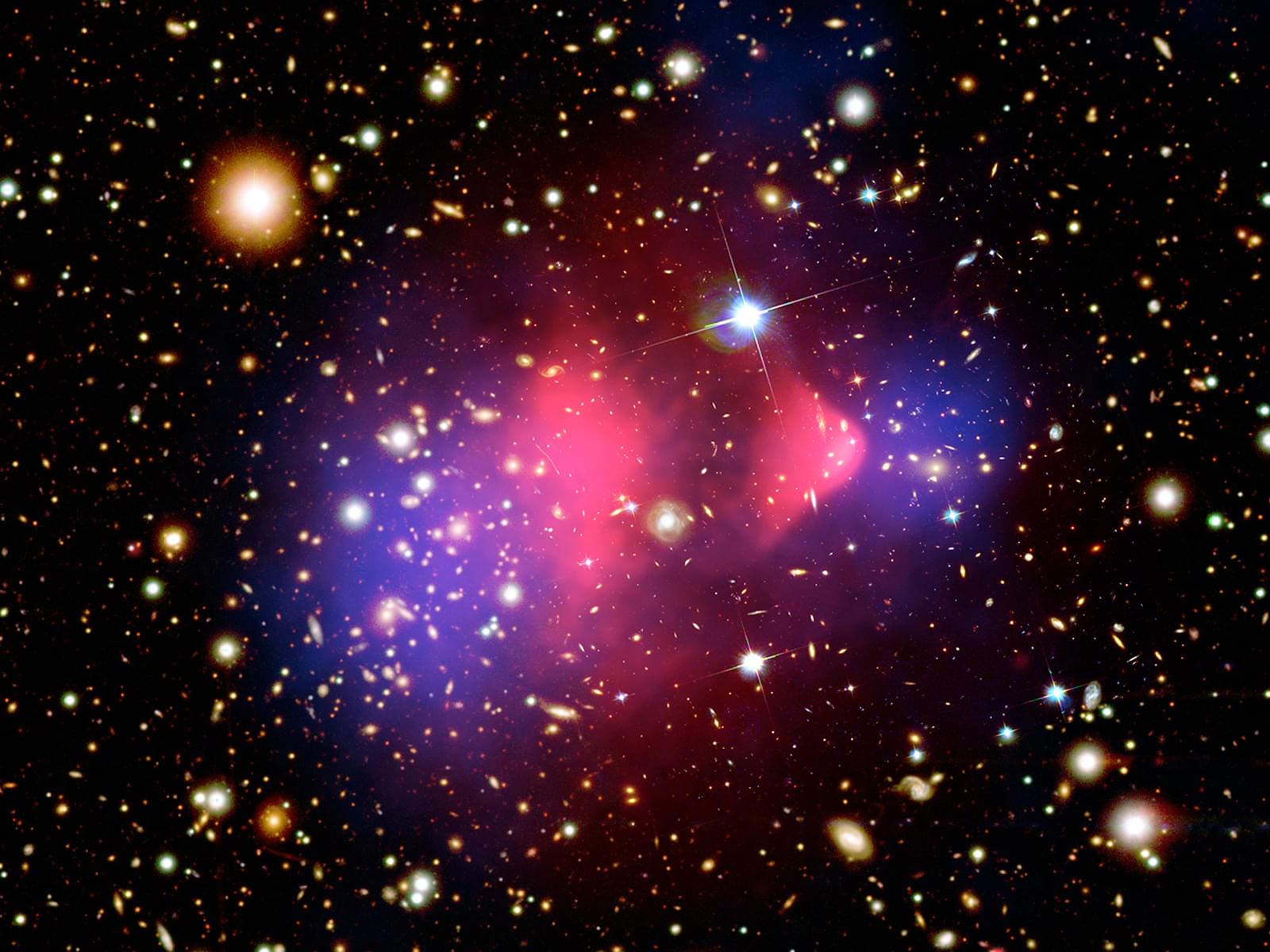Oct 26, 2024
Pushchino multibeam pulsar search — V. The bright FRB 20190203 detected at 111 MHz
Posted by Saúl Morales Rodriguéz in category: space
Abstract: We report the discovery of a bright pulse having a dispersion measure (DM) equal to 134.4 \pm 2 pc cm^{-3}, a peak flux density (S_p) equal to 20 \pm 4 Jy and a half-width (W_e) equal to 211 \pm 6 ms. The excessive DM of the pulse, after taking into account the Milky Way contribution, is 114 pc cm^{-3} that indicates its extragalactic origin. Such value of DM corresponds to the luminosity distance 713 Mpc. The above parameters make the pulse to be a reliable candidate to the fast radio burst (FRB) event, and then it is the second FRB detected at such a large \lambda \sim 2.7 m wavelength and the first one among non-repeating FRBs. The normalized luminosity L_
u of the event, which we have designated as FRB 20,190,203, estimated under assumption that the whole excessive DM is determined by the intergalactic environment toward the host galaxy, is equal to \simeq 10^{34} erg s^{-1} Hz{-1}. In addition to the study of radio data we analyzed data from the quasi-simultaneous observations of the sky in the high energy (\ge 80 keV) band by the omnidirectional detector SPI/ACS aboard the INTEGRAL orbital observatory (in order to look for a possible gamma-ray counterpart of FRB 20190203). We did not detect any transient events exceeding the background at a statistically significant level. In the INTEGRAL archive, the FRB 20,190,203 localization region has been observed many times with a total exposure of \sim 73.2 days. We have analyzed the data but were unable to find any reliable short gamma-ray bursts from the FRB 20,190,203 position. Finally we note that the observed properties of FRB 20,190,203 can be reproduced well in the framework of a maser synchrotron model operating in the far reverse shock (at a distance of \sim 10^{15} cm) of a magnetar. However, triggering the burst requires a high conversion efficiency (at the level of 1%) of the shock wave energy into the radio emission.
From: Sergey Tyul’bashev A. [view email].

